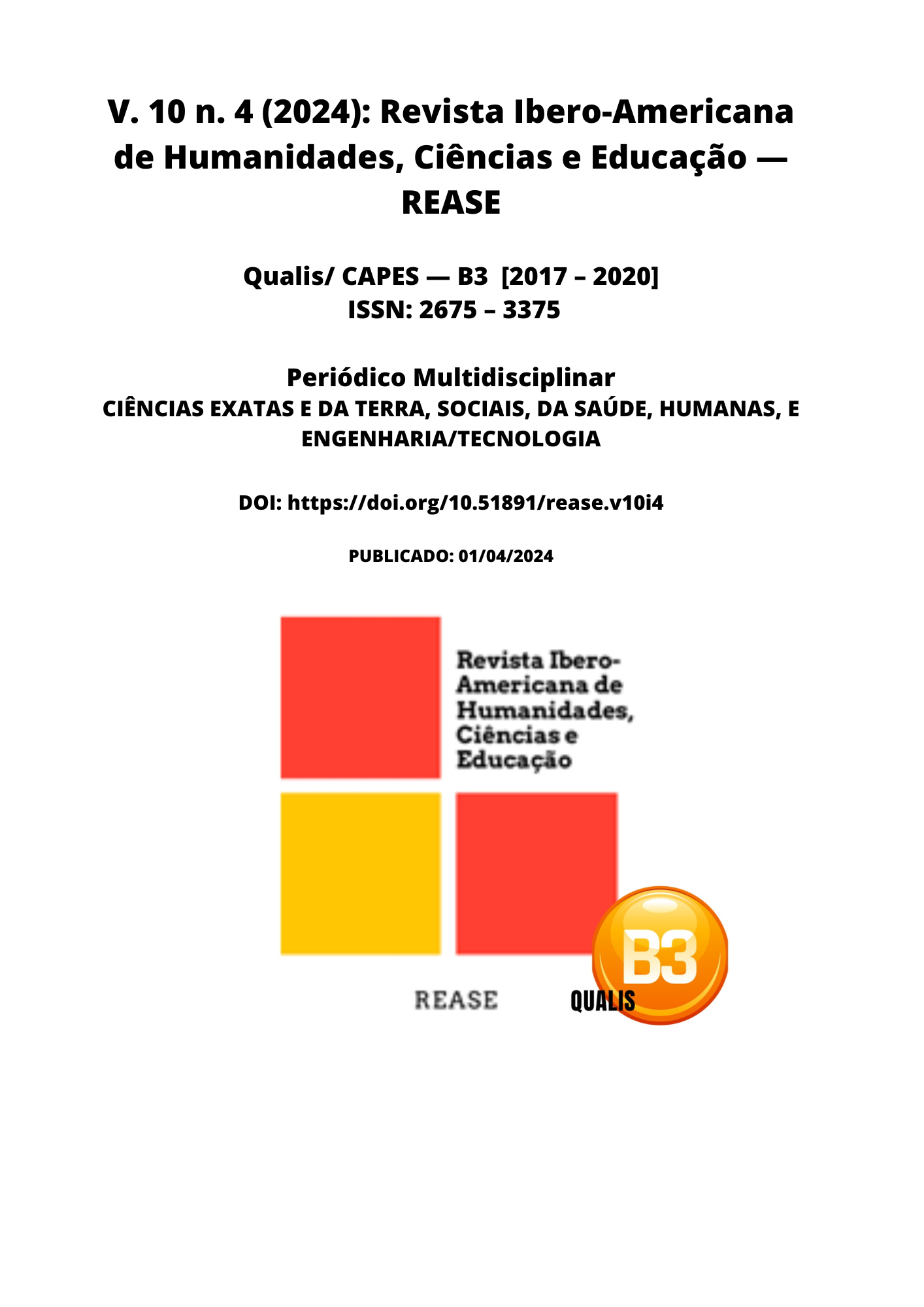IMMUNOSUPRESSION AND RISK OF OPPORTUNIST INFECTIONS IN PATIENTS WITH RHEUMATIC DISEASES TREATED WITH BIOLOGICAL AGENTS
DOI:
https://doi.org/10.51891/rease.v10i4.13448Keywords:
Immunosuppression. Rheumatic diseases. Biological agents. Opportunistic infections and risk.Abstract
Immunosuppression is a fundamental therapeutic strategy in the treatment of rheumatic diseases, aiming to reduce inflammation and control symptoms. However, the use of biologic agents to achieve this immunosuppression is associated with an increased risk of opportunistic infections. Patients with rheumatic diseases have a compromised immune system due to the autoimmune condition itself and immunosuppressive treatment, making them more susceptible to serious infections. Understanding the relationship between immunosuppression and opportunistic infections is crucial for the safety and effectiveness of treatment in these patients. Objective: To investigate the association between immunosuppression induced by biological agents and the risk of opportunistic infections in patients with rheumatic diseases, through a comprehensive analysis of available studies. Methodology: Using the PRISMA (Preferred Reporting Items for Systematic Reviews and Meta-Analyses) checklist, a search was carried out in the PubMed, Scielo and Web of Science databases for articles published in the last 10 years. The descriptors used were "immunosuppression", "rheumatic diseases", "biological agents", "opportunistic infections" and "risk". Studies that investigated the relationship between immunosuppression and opportunistic infections in patients with rheumatic diseases treated with biological agents were included. The inclusion criteria were original studies, systematic reviews and meta-analyses. The exclusion criteria were studies unrelated to the topic, case reports and studies with small samples. Results: The results found indicated a clear association between immunosuppression induced by biological agents and an increased risk of opportunistic infections in patients with rheumatic diseases. Fungal, viral and bacterial infections were the most common, with emphasis on the reactivation of latent infections, such as tuberculosis and herpes zoster. Factors such as duration and intensity of treatment, patient age and presence of comorbidities significantly influenced this risk. Conclusion: The systematic review highlighted the importance of surveillance and prevention of opportunistic infections in patients with rheumatic diseases treated with biological agents. Monitoring and early intervention strategies are essential to mitigate the risks associated with immunosuppression, ensuring the safety and effectiveness of the treatment.
Downloads
Downloads
Published
How to Cite
Issue
Section
Categories
License
Atribuição CC BY

